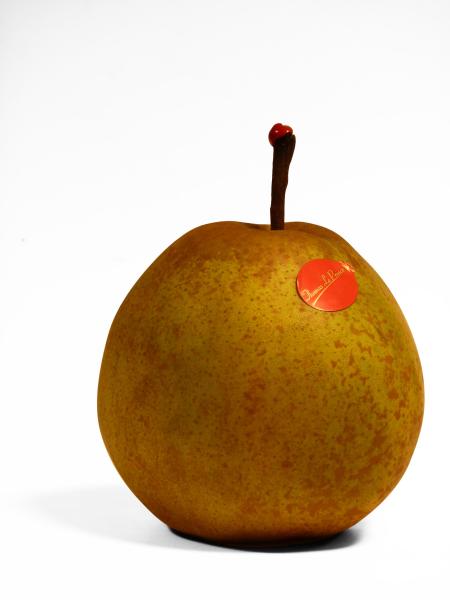- Read offline
- Access all content
- Use the in-app Map to find sites, and add custom locations (your hotel...)
- Build a list of your own favourites
- Search the contents with full-text search functionality
- ... and more!
poire
pear
Pears grow exceptionally well in Normandy, where they make poiré and in Anjou, where they grow the popular poire d’Anjou, a common all-round yellow-to-green pear, oval shaped and good for eating or cooking. Another Angevin variety, the delicate, pale green Doyenné du Comice is considered France’s finest dessert pear.
The longer Belle angevine are harder to find these days. A big French pear developed in the 17th century, it has very firm flesh that reddens when ripe. In the Loire valley you may find them poached in red wine and cinnamon with pear eau-de-vie (poire belle angevine au vin rouge).

Other French pears include the unique Passe Crassane, the little round yellow-to-russet late-season pears from Rouen with grainy flesh, rumoured to be a cross between a pear and a quince, stored for at least six months to develop their aroma. They nearly always have a spot of red wax on the stem to keep moisture in the fruit and are often used for baking. They are a bit like nashis (Asian pears).
Images by Mleprince, Monica Arellano-Ongpin, User:Cacophony

